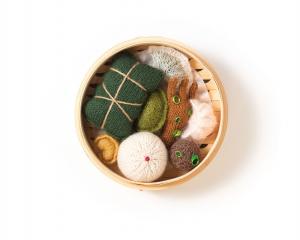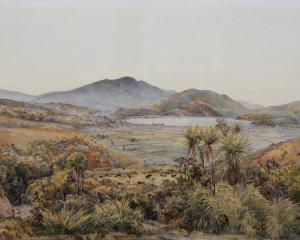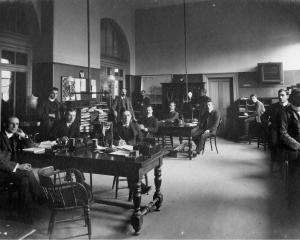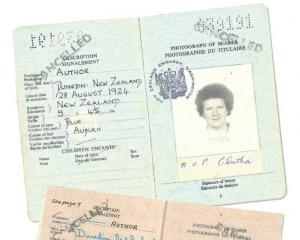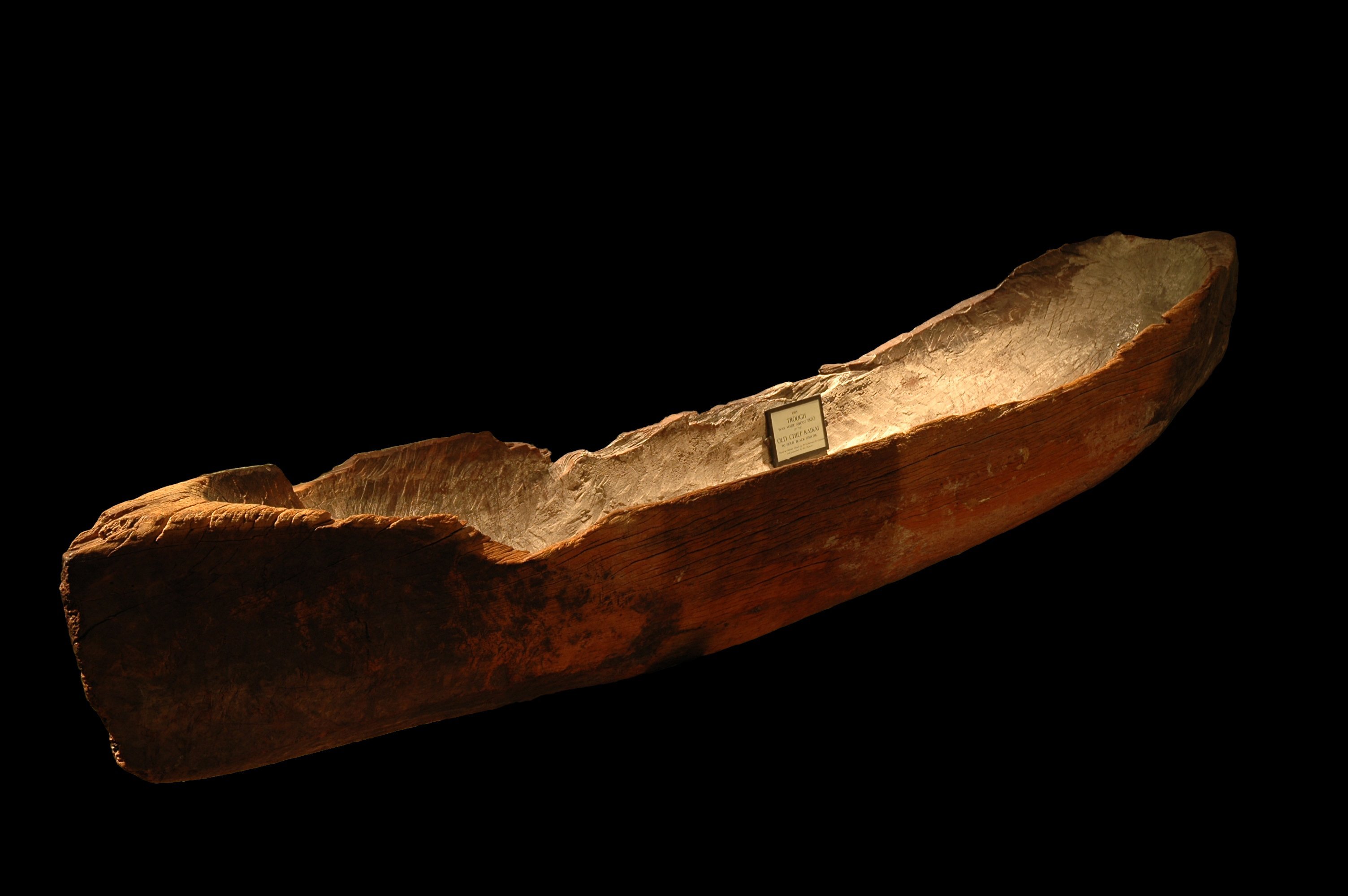
When something is given a name, that name shapes how we think about it. That is exactly what museum labels do. So for years we have admired Chief Kaikai’s "trough" in the Tangata Whenua Gallery at Tūhura Otago Museum.
This hollowed-out log was said to have held the oils rendered from a blackfish (pilot whale) — we know this because the historic museum label pinned to the side tells us so. But, to the curious, this trough is an odd shape — indeed it is perhaps more canoe-shaped than we’d expect of a trough.

When found, it was indeed described as a canoe, but one that may have been repurposed at some point.
Based on historic Pākehā observations of Māori activity at the beach, it was noted that "the condition of the canoe is in some measure due to the fact that it was apparently used as a receptacle for holding oil in the old whaling days, about the middle of last century" ("Old Maori Canoe", Evening Star, 1918).

Several features suggest the taoka from Kaikai’s Beach is a small canoe. Both ends have been flattened and shaped, probably for partial covers (perhaps decoratively carved) to be attached. And while they are steeper than the bows and sterns of most waka, the ends are still more pointed than necessary for a trough. In contrast, the bottom of the canoe is very flat, rather than the "V" shape more typical of a waka, which suggests that it was probably for use in a historic lagoon or shallow water near where it was found. Research into this taoka is ongoing and, in time, we hope to identify the wood from which it is made, to further test our theory — most known waka were carved from tōtara, kauri, rimu, kahikatea, or mataī.
Polynesian voyagers are known for their double-hulled ocean-going waka unua, and Māori for the large and elaborately carved waka taua. Yet it was the smaller waka tētē (fishing canoes, often single hulled with an outrigger), waka tīwai (simple dugouts) and mōkihi made from bunches of raupō (bulrush) bound together that were such a feature of everyday Māori life, which involved coastal fishing, working around and crossing harbours and lagoons, and travelling along rivers.
There have been several waka of these kinds found in swamps and beaches around Murihiku (Otago and Southland). A section of waka hull was recovered from Mokomoko near Bluff, and one found in a swamp at Henley survives at the museum. More recently, a waka was found at the beach at Papanui and has been undergoing extensive wet-wood preservation treatment at Ōtākou.
Each of these waka have different design features, but all were part of making life in Te Waipounamu manageable.
Among these other waka, the small flat-bottomed dugout from Kaikai’s Beach is unique, but recognising it as a waka tīwai adds to the range of designs and characteristics we recognise in our nautical heritage. And with this recognition, we will now display the waka as the canoe we understand it to be. It will get a new label — one that invites us to think about all the different aspects of this taoka’s story.
Te Atarau Cassidy is Te Rūnanga o Ngāi Tahu intern and Gerard O’Regan curator Māori at Tūhura Otago Museum



